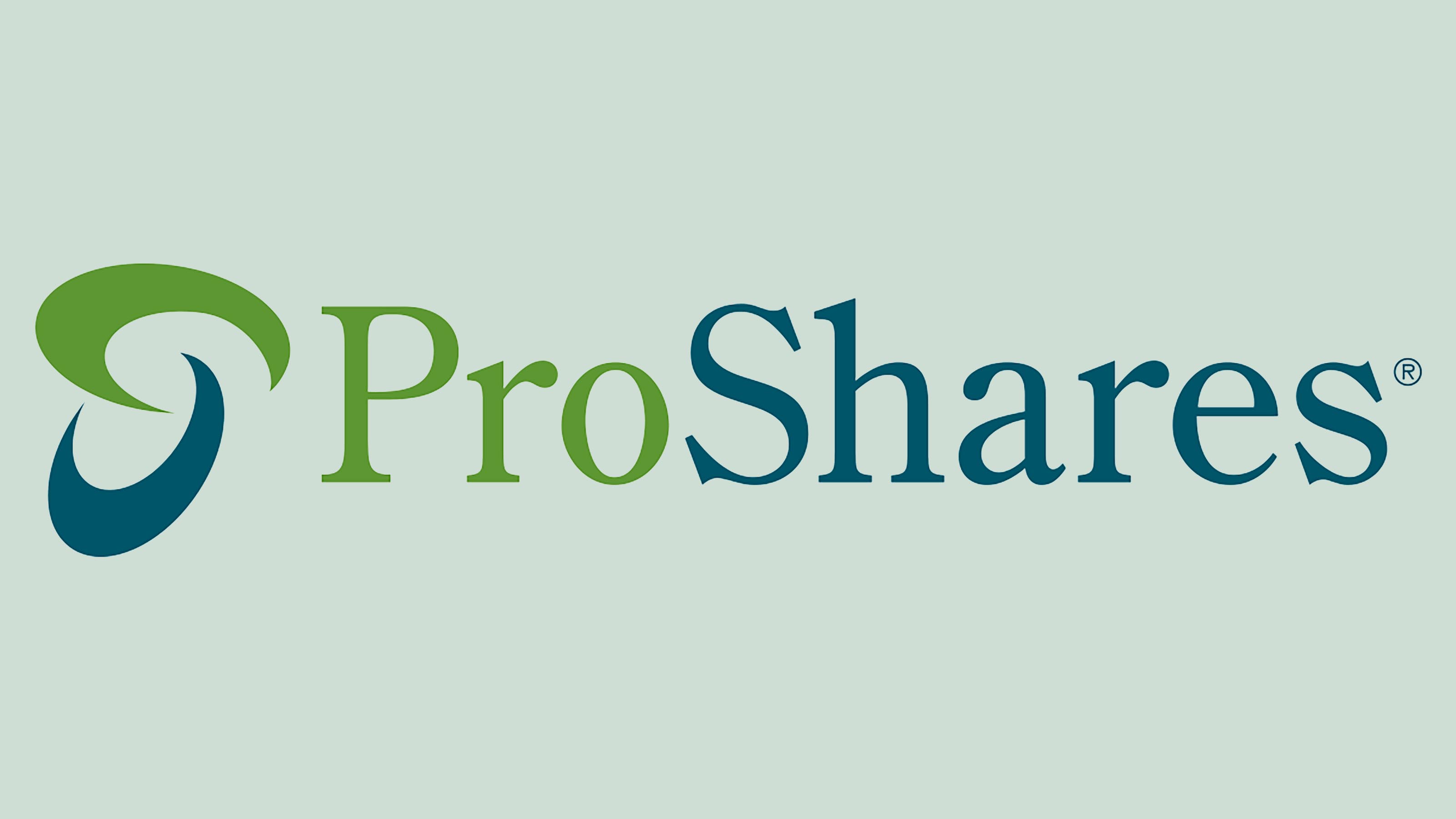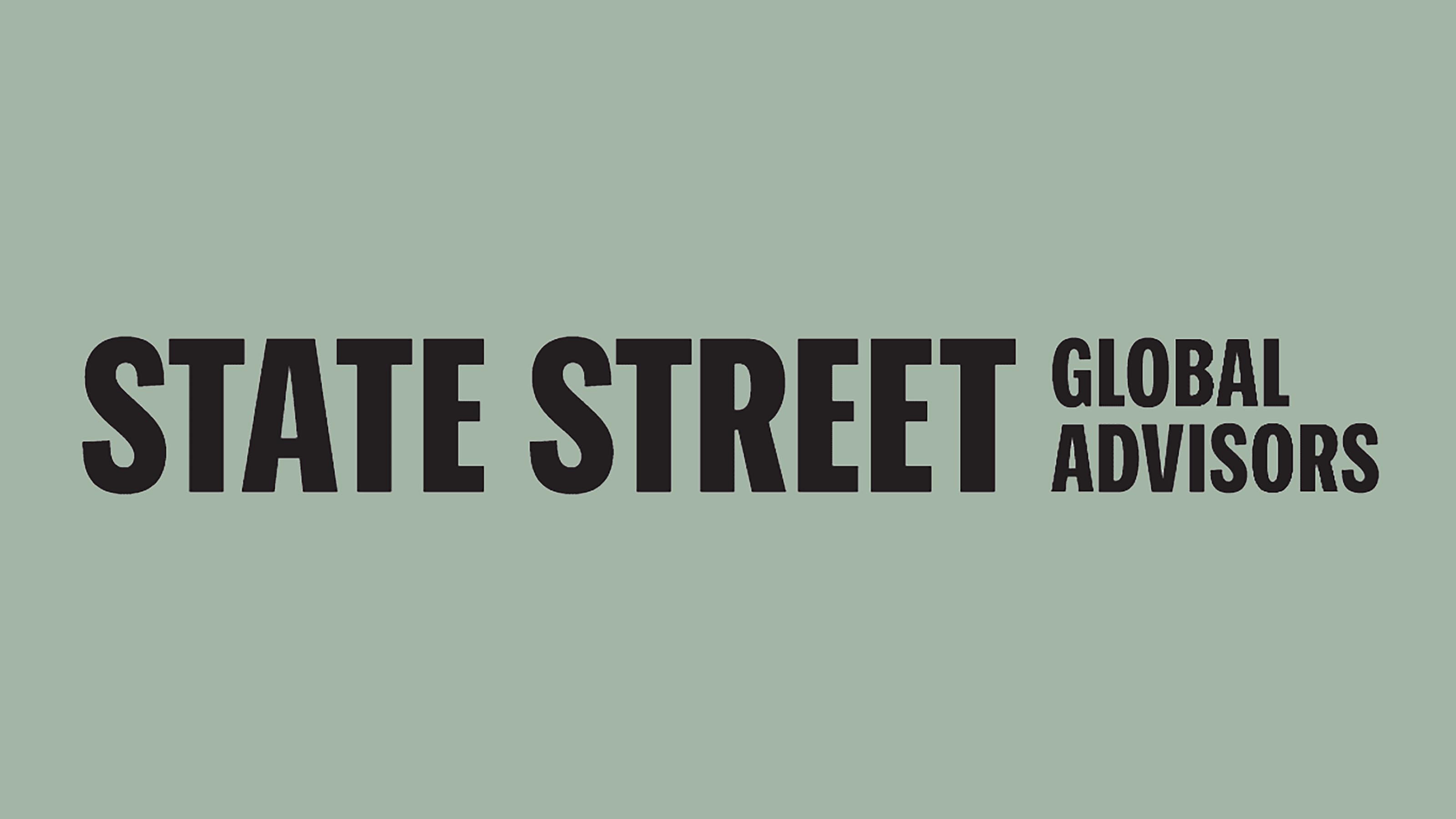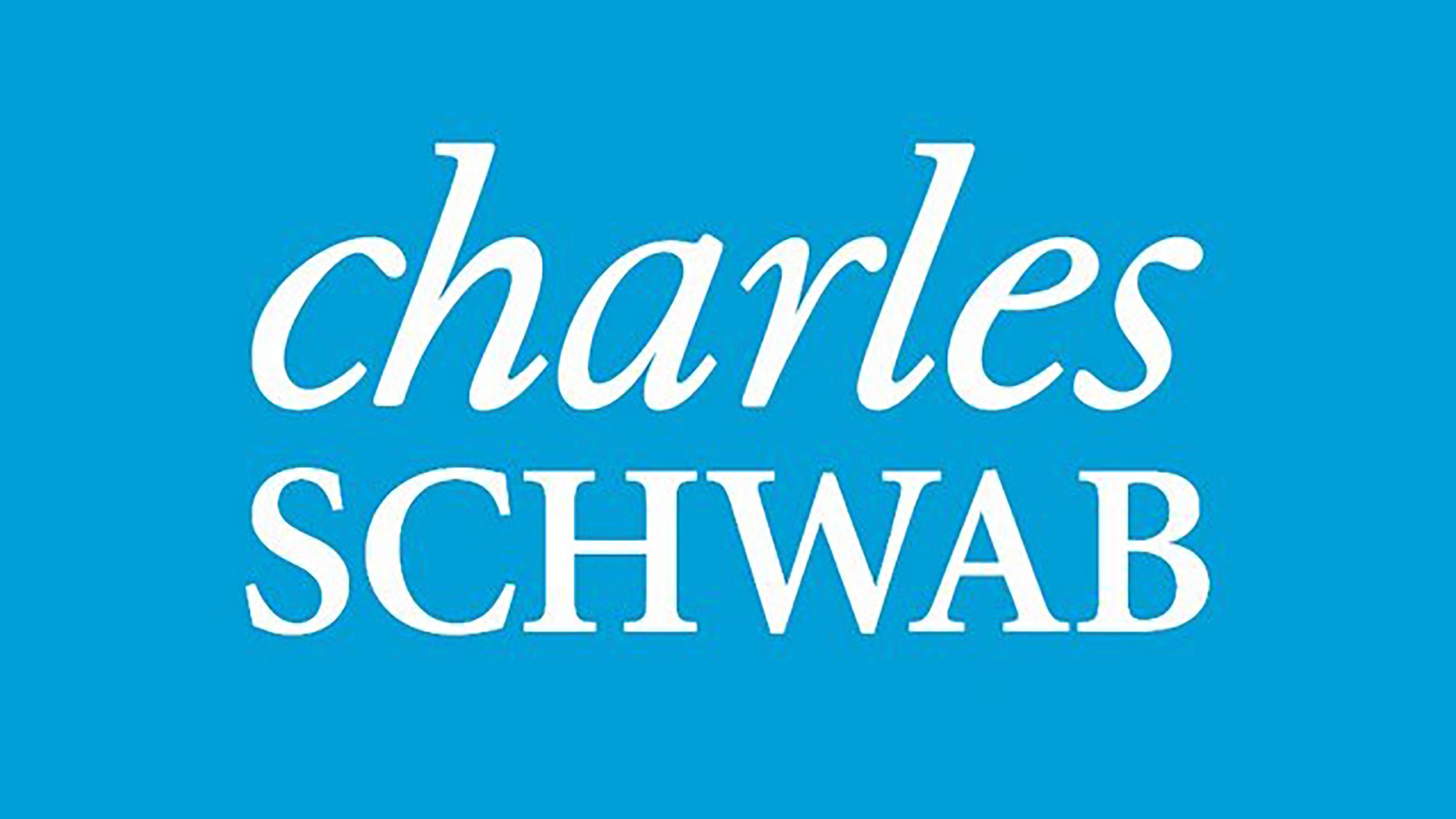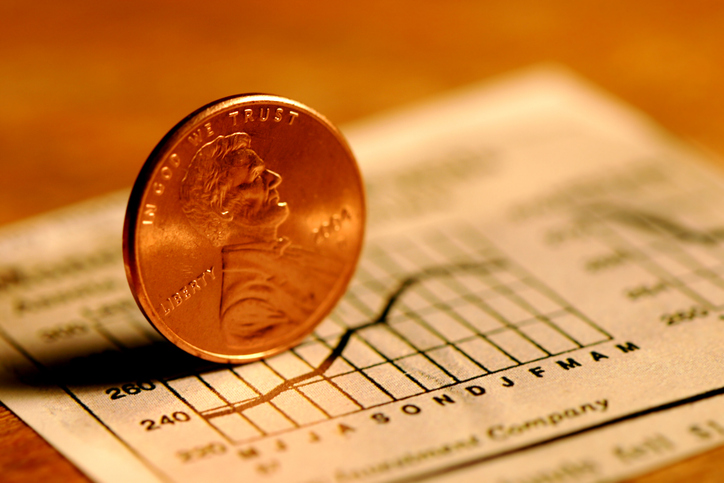5 Dividend Growth ETFs to Buy
Dividend growth ETFs can provide investors with a steadily growing stream of passive income and exposure to quality companies.


Are you familiar with the concept of total return? When you check the performance of the S&P 500, what you typically see is the price return or the change in the index value over time.
But that doesn't include dividends, which can make a big difference to your wealth. Total return measures how much you've earned from an investment after accounting for both price appreciation and reinvested dividends. Over long periods, reinvesting those dividends can significantly boost your returns.
Take two investors who each bought and held the SPDR S&P 500 ETF Trust (SPY) from January 2023 to April 2025. One reinvested every dividend they received. The other did not.
By the end of that period, the investor who reinvested dividends earned a 10.12% annualized return before taxes and fees. The one who didn't earned just 8.14%.
That may not sound like a huge gap, but over more than three decades, it adds up. The investor who reinvested turned $10,000 into $223,691. The other ended up with only $124,424.
That’s the power of compounding. And it's even more effective when the companies you invest in consistently increase their dividend payouts year after year.
Each dividend lets you buy more shares, which then pay more dividends that buy even more shares, and if the payouts keep growing and you hold long enough, the whole process starts to snowball.
Beyond the snowball effect of compounding, growing dividend payouts also signal strong fundamentals. On average, companies that can dependably grow their dividends through multiple economic cycles tend to be profitable, well-managed and financially disciplined.
That's exactly what dividend growth ETFs aim to capture.
These funds screen for companies with strong histories of raising dividends, and today, investors have plenty of cost-effective choices to build a portfolio around this strategy.
Dividend growth ETFs vs dividend ETFs
There's more than one way to slice an apple or, in this case, package a dividend investing strategy into an ETF.
Dividend growth ETFs are just one approach, and they sit alongside several other popular styles that target income in different ways.
The most common are high-yield dividend strategies. These ETFs screen for stocks that pay above-average dividend yields relative to their peers. They're often tailored for income-focused investors, especially retirees.
At the same time, they tend to function like quasi-value strategies, since high-yielding stocks are frequently out-of-favor names with lower valuations.
You'll also come across dividend-quality strategies that focus less on how much a company pays and more on how sustainable those payments are. These funds often analyze metrics such as the payout ratio or free cash flow yield to judge how likely a company is to keep paying dividends through thick and thin.
Dividend growth ETFs sit in a different lane. Some take a backward-looking approach, only including companies that have raised their dividends for a set number of consecutive years. Others are forward-looking, aiming to identify companies that are well-positioned to opportunistically increase their payouts in the future based on fundamentals.
The key takeaway is not to take the ETF name at face value.
Some funds clearly state their approach, while others bury the strategy deep in their index methodology. Also, these strategies aren't mutually exclusive. One ETF might emphasize dividend growth but still screen for value or quality factors — or all three. The emphasis just varies depending on the fund.
How we chose the best dividend growth ETFs to buy
We began by limiting our search to dividend growth ETFs that target U.S. equities. While the strategy can certainly be applied to international stocks, U.S.-focused funds are generally more tax efficient for American investors, and narrowing the pool helps keep the focus on the most practical options.
From there, we ensured that each ETF selected has a clear dividend growth screen built into its index methodology — or, at the very least, that dividend growth is a central theme or notable contributor to how the portfolio is constructed. This approach screened out some ETFs that might sound like they fit but don't.
One example is the popular WisdomTree U.S. Quality Dividend Growth Fund (DGRW). Based on the name alone, you might assume it prioritizes dividend growth, but a closer look at the index reveals otherwise. DGRW's strategy focuses on dividend-paying companies with quality and growth traits based on three-year averages for return on equity, return on assets and long-term earnings growth expectations.
Nowhere is past or expected dividend growth a selection factor. It’s a perfect example of why looking under the hood is so important.
Once that screen was applied, we relied on our usual three-part methodology focused on what we consider the pillars of a well-constructed ETF:
Expense Ratio: We capped our search at 0.35%, or $35 annually per $10,000 invested. Dividend growth strategies are typically low-turnover and rules-based, so there's no need to pay up for complexity or active management.
Liquidity: Each ETF selected has a 30-day median bid-ask spread of 0.10% or less, which keeps trading costs low, making easier for investors to buy and sell without losing value on execution.
Scale and Stability: Funds with low assets under management run the risk of closure.
We focused on ETFs with at least $1 billion in AUM, which helps ensure fund longevity, tighter spreads and overall market confidence.
By applying this process, we identified a group of five dividend growth ETFs that are not only true to the strategy but also cost-effective, easy to trade and built to last.

Best dividend growth ETFs
Here are five dividend growth ETFs to buy for steady income and exposure to good businesses.
Data is as of November 4. Yields represent the trailing 12-month yield, a standard measure for equity funds.
Exchange-traded fund/ticker | Dividend yield |
|---|---|
Vanguard Dividend Appreciation ETF (VIG) | 1.7% |
iShares Core Dividend Growth ETF (DGRO) | 2.1% |
ProShares S&P 500 Dividend Aristocrats ETF (NOBL) | 2.1% |
SPDR S&P Dividend ETF (SDY) | 2.7% |
Schwab U.S. Dividend Equity ETF (SCHD) | 3.9% |

Vanguard Dividend Appreciation ETF
- Assets under management: $98.8 billion
- Dividend yield: 1.7%
- 30-day median bid-ask spread: 0.01%
- Expenses: 0.05%, or $5 annually for every $10,000 invested
Vanguard has built its reputation on low-cost investing, and Vanguard Dividend Appreciation ETF (VIG) stays true to that legacy with a marginal expense ratio of just 0.05%.
The fund tracks the S&P U.S. Dividend Growers Index, which primarily screens for U.S. companies that have increased their dividends for at least 10 consecutive years.
VIG also emphasizes quality in its selection. To avoid potential yield traps, the fund excludes the top 25% of highest-yielding stocks in its selection universe. These are often companies whose high yields result from poor recent price performance or unsustainable payout ratios.
The resulting portfolio contains more than 300 stocks and is market-cap weighted, meaning larger companies get a bigger slice, but each holding is capped at 4% to prevent overconcentration. REITs are excluded entirely, which helps keep the fund more tax efficient.
Over the past 10 years, VIG has delivered an annualized total return of 12.7% before taxes.

iShares Core Dividend Growth ETF
- Assets under management: $34.2 billion
- Dividend yield: 2.1%
- 30-day median bid-ask spread: 0.01%
- Expenses: 0.01%
iShares Core Dividend Growth ETF (DGRO) is iShares' answer to Vanguard in the dividend growth space.
DGRO tracks the Morningstar U.S. Dividend Growth IndexSM, which requires companies to have at least five years of consecutive dividend growth, a slightly less rigorous screen than VIG's 10-year requirement but still a meaningful threshold.
DGRO also includes several quality-focused filters. Companies must have a positive consensus earnings forecast and a payout ratio below 75%, helping to weed out those with unsustainable dividends. Like VIG, DGRO excludes the highest-yielding stocks in its universe but only the top 10% by yield rather than the top 25%.
Unlike VIG, DGRO's 400-plus holdings are not market-cap weighted. Instead, the index weights stocks based on their total dividend cash payouts, with each position capped at 3% to maintain diversification.
Over the last 10 years, DGRO has slightly outperformed VIG, delivering an annualized total return of 12.4% before taxes.

S&P 500 Dividend Aristocrats ETF
- Assets under management: $11.1 billion
- Dividend yield: 2.1%
- 30-day median bid-ask spread: 0.01%
- Expenses: 0.35%
The most faithful execution of the pure dividend growth strategy — without added quality or yield screens — comes through the S&P 500 Dividend Aristocrats ETF (NOBL).
NOBL exclusively holds S&P 500 companies that have raised their dividends for at least 25 consecutive years. The portfolio is fairly concentrated, currently holding just 72 equally weighted large-cap blue chips.
NOBL is weighted towards traditional dividend-paying sectors like consumer staples and industrials. The approach is as straightforward as it gets, but at 0.35%, it's also the most expensive ETF on this list for what is essentially a one-dimensional strategy.
Performance has lagged other dividend growth ETFs with a 10-year annualized total return of 9.5% before taxes.

SPDR S&P Dividend ETF
- Assets under management: $19.6 billion
- Dividend yield: 2.7%
- 30-day median bid-ask spread: 0.02%
- Expenses: 0.35%
SPDR S&P Dividend ETF (SDY) tracks the S&P High Yield Dividend Aristocrats Index. This index pulls from the broader S&P Composite 1500 index, giving it exposure to small-, mid- and large-cap stocks rather than just large caps.
From that universe, SDY selects companies that have raised their dividends for at least 20 consecutive years.
Unlike NOBL, which equally weights its holdings, SDY weights by yield. Still, the resulting portfolio of 153 stocks overlaps heavily with NOBL and leans similarly into sectors like consumer staples and industrials.
Like NOBL, SDY has also lagged peers with a 10-year annualized total return of 9.2% before taxes.
Learn more about SDY at the State Street Investment Management provider site.

Schwab U.S. Dividend Equity ETF
- Assets under management: $68.4 billion
- Dividend yield: 3.9%
- 30-day median bid-ask spread: 0.04%
- Expenses: 0.06%
Schwab U.S. Dividend Equity ETF (SCHD) doesn't market itself specifically as a dividend growth fund, but dividend growth is a key part of its benchmark, the Dow Jones U.S. Dividend 100 Index.
To qualify for inclusion, companies must have paid dividends for at least 10 consecutive years. From there, the index uses a composite score based on four factors: free cash flow to total debt, return on equity, dividend yield, and five-year dividend growth rate.
That last metric focuses on the rate of dividend growth, favoring companies that have increased payouts more aggressively over the trailing five years, even if the growth wasn't consistent year after year. The result is a concentrated portfolio of 104 stocks with a strong blend of dividend growth, quality, and yield characteristics. SCHD is a rare example of an ETF that effectively balances all three.
Over the last 10 years, it has delivered a strong annualized total return of 10.8% before taxes, beating VIG.
Learn more about SCHD at the Schwab provider site.
Related content
Profit and prosper with the best of Kiplinger's advice on investing, taxes, retirement, personal finance and much more. Delivered daily. Enter your email in the box and click Sign Me Up.
Tony started investing during the 2017 marijuana stock bubble. After incurring some hilarious losses on various poor stock picks, he now adheres to Bogleheads-style passive investing strategies using index ETFs. Tony graduated in 2023 from Columbia University with a Master's degree in risk management. He holds the Certified ETF Advisor (CETF®) designation from The ETF Institute. Tony's work has also appeared in U.S. News & World Report, USA Today, ETF Central, The Motley Fool, TheStreet, and Benzinga. He is the founder of ETF Portfolio Blueprint.
-
 Fed's Rate Cuts Could Have Impacts You Might Not Anticipate
Fed's Rate Cuts Could Have Impacts You Might Not AnticipateUnderstanding how lower interest rates could impact your wallet can help you determine the right financial moves to make.
-
 Past Performance Is Not Indicative of Your Adviser's Expertise
Past Performance Is Not Indicative of Your Adviser's ExpertiseMany people find a financial adviser by searching online or asking for referrals from friends or family. This can actually end up costing you big-time.
-
 I'm want to give my 3 grandkids $5K each for Christmas.
I'm want to give my 3 grandkids $5K each for Christmas.You're comfortably retired and want to give your grandkids a big Christmas check, but their parents are worried they might spend it all. We ask the pros for help.
-
 Past Performance Is Not Indicative of Your Financial Adviser's Expertise
Past Performance Is Not Indicative of Your Financial Adviser's ExpertiseMany people find a financial adviser by searching online or asking for referrals from friends or family. This can actually end up costing you big-time.
-
 I'm a Financial Planner: If You're Not Doing Roth Conversions, You Need to Read This
I'm a Financial Planner: If You're Not Doing Roth Conversions, You Need to Read ThisRoth conversions and other Roth strategies can be complex, but don't dismiss these tax planning tools outright. They could really work for you and your heirs.
-
 Could Traditional Retirement Expectations Be Killing Us? A Retirement Psychologist Makes the Case
Could Traditional Retirement Expectations Be Killing Us? A Retirement Psychologist Makes the CaseA retirement psychologist makes the case: A fulfilling retirement begins with a blueprint for living, rather than simply the accumulation of a large nest egg.
-
 I'm a Financial Adviser: This Is How You Can Adapt to Social Security Uncertainty
I'm a Financial Adviser: This Is How You Can Adapt to Social Security UncertaintyRather than letting the unknowns make you anxious, focus on building a flexible income strategy that can adapt to possible future Social Security changes.
-
 I'm a Financial Planner for Millionaires: Here's How to Give Your Kids Cash Gifts Without Triggering IRS Paperwork
I'm a Financial Planner for Millionaires: Here's How to Give Your Kids Cash Gifts Without Triggering IRS PaperworkMost people can gift large sums without paying tax or filing a return, especially by structuring gifts across two tax years or splitting gifts with a spouse.
-
 'Boomer Candy' Investments Might Seem Sweet, But They Can Have a Sour Aftertaste
'Boomer Candy' Investments Might Seem Sweet, But They Can Have a Sour AftertasteProducts such as index annuities, structured notes and buffered ETFs might seem appealing, but sometimes they can rob you of flexibility and trap your capital.
-
 AI Stocks Lead Nasdaq's 398-Point Nosedive: Stock Market Today
AI Stocks Lead Nasdaq's 398-Point Nosedive: Stock Market TodayThe major stock market indexes do not yet reflect the bullish tendencies of sector rotation and broadening participation.
-
 Got $100 to Gamble? These Penny Stocks Could Be Worth the Ride
Got $100 to Gamble? These Penny Stocks Could Be Worth the RideVolatile penny stocks are high-risk plays with potentially high rewards. If you have $100 you can afford to lose, these three names are worth a look.

